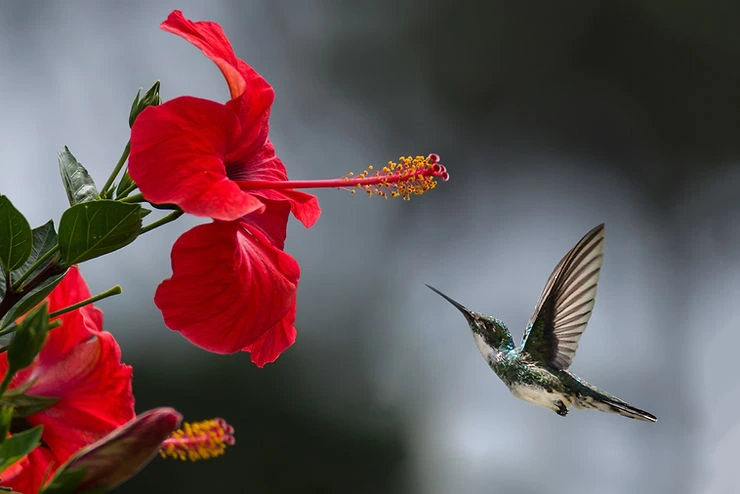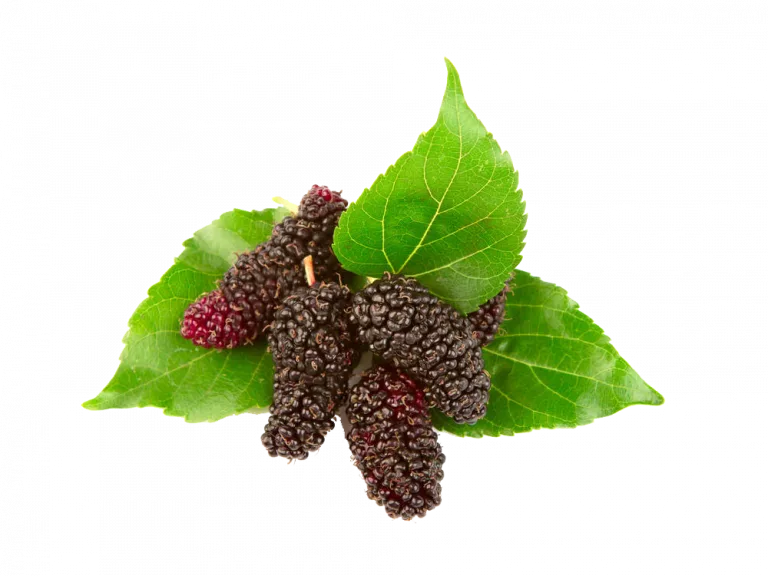
Blue zones are global regions whose inhabitants tend to be healthier and therefore live longer than anywhere else. Let’s delve into the Blue Zone; what makes these areas special, and how you can replicate a blue zone lifestyle in your day-to-day life.
Table of Contents
What are Blue Zones?
Demographic work by Michel Poulain and Gianni Pes led them to identify villages in the Okinawa region of Japan with the highest concentration of centenarians. They marked this region in blue circles, leading to the blue zone theme. The name Blue Zone was coined by Dan Buettner, a National Geographic explorer, who took Poulain’s and Pes’ work further to identify other areas in the world similar to Okinawa.
What are The Five Blue Zone Locations?
Five regions in the world are known as Blue Zones – Okinawa in Japan, Ikaria in Greece, Sardinia in Italy, Nicoya in Costa Rica, and Loma Linda in the USA. They are all located near a sea/ body of water and all have a warm Mediterranean climate. Along with location and weather, the specific diet of the local population and their social structure is similar across all Blue Zones.
How Do Blue Zone Populations Enhance Longevity?
There is no one distinct feature that enhances longevity. Studies point to a collection of environmental, social, dietary and active lifestyle traits that caught the attention of healthy living advocates trying to replicate this unique aspect of the Blue Zones.
What Makes Blue Zones Special?
Longevity is a defining Blue Zone feature. The characteristics of Blue Zones, that sets them apart from the other regions, range from the wider environmental features to individual attitudes and behavior.
Four specific criteria set Blue Zones apart. The following specific lifestyle habits form crucial components of Blue Zone lore.
Physical Activity
The general observation of people in Blue Zones is they tend to move and exercise without specifically seeking a physical benefit. There is no additional physical workout like lifting weights or going for a run just to run. Their environment, with a combination of hills and sea, provides them with the required natural challenges and keeps them fit during the natural course of their day.
Diet
The diet of people in the Blue Zones are mostly plant based. Meat is eaten in less frequency and quantity. They go for locally grown food plants, such as beans, lentils, vegetables and fruits. And portion size is not more than 3-4 ounces at a meal.
I personally experienced the Blue Zone diet during my trip to Costa Rica’s Nicoya Peninsula. Their local dish called casado is mostly plant based with meat and eggs as optional. Having been used to large meal portions in the U.S., I was surprised to find I was fully satisfied after a meal.
The 80% Rule
Okinawans follow the philosophy of “Hara hachi bu”, which reminds them to stop eating when they are almost full. It takes the brain about 20 minutes to send the signal to your stomach to say you are full. This can help people who are trying to lose weight.
Alcohol
People in all the Blue Zones consume alcohol, but limit it to about 1-2 glasses per day, mostly wine. They don’t overindulge. They share with friends and family over a meal.
Purpose in Life
Having a clear purpose in life is another key trait of the people in the Blue Zones. They find happiness and fulfilment in their purpose. They are happy with the reason they wake up each day. The Japanese word of IKIGAI and Costa Rican theme of PURA VIDA mean essentially, “what is my purpose in life”, or “why I wake up in the morning”. This purpose, something you like and accept to do, reduces stress and enhances your quality of life, prolonging your time alive.
Stress Management
Stress, which is normal in everyday life, is not new to the residents of the Blue Zones. What is unique is their ability to manage stress. For Blue Zone stress management, Okinawans tend to meditate and remember their ancestors. Ikarians take naps. Sleep, even for short periods, is shown to reduce stress and tension. Sardinians meet friends and family for happy hour. Sharing your sorrow or talking about your discomfort has also shown to reduce stress. What better way than over a glass of wine?
Belonging and community
People in Blue Zones belong to some form of faith based community. Denomination doesn’t seem to matter. This sense of faith adds a sense of purpose, and the community acts a support network to share life events and reduces stress.
Intergenerational Living Common in Blue Zones
Also, many generations of people living together is not uncommon. Having aged parents and grandparents in the same house helps form a small community within the house. With children growing up in this environment get to experience this and understand the family and community connections as they grow older and grow their own connects within their community.
What is the Blue Zone Diet?
People in Blue Zones consume primarily a plant based diet, and not a heavy one at that. They also tend to follow the 80% rule, and consume limited alcohol with their meals.
In Nicoya, their diet revolve around squash, corn, and beans. One of my favorites during my visit was the casado. Consisting of black beans, fried sweet plantains, rice. salad, and squash, it was tasty, filling, and cheap. It was my go-to for breakfast on most days, and for dinner as well.
Fruits and vegetables were tasty and easy to find. Their local specialty, the passionfruit, was so good that I enjoyed passionfruit juice with every meal.

In Ikaria, they follow a Mediterranean diet. This comprises of plenty of vegetables, beans, and lentils, whole grains, locally pressed olive oils, cheese and yogurt. Not to mention small quantities of wine with every meal.
In Sardinia, they too follow a Mediterranean diet. Meat, if consumed, is on Sundays and for special occasions.
In Okinawa, they too follow a plant centric diet. Along with grains such as millet, rice and noodles, they also consume soy and soy products such as tofu, miso, natto, and edamame. Meat and seafood constitute less than 2% of their nutritional intake.
In Linda Loma, the Blue Zone community is made up of Seventh-Day Adventists. As per religion they do not consume alcohol. They too follow a plant centric diet, and consume fish and seafood as their protein source. Their diet is usually low in sugars, salt, and refined foods.
A Global Connection to Understanding Our Own Health
As easy to understand as the central values of the Blue Zone – natural foods, consistent exercise and community – might be, the concept remains controversial and hotly contested. The data seems clear to me: healthy living and a healthy mind, as well as a closer connection to your community helps you live longer. The Blue Zone studies continue but the message these communities present our world resonates.
I hope you found this latest healthy living content useful. Check out my posts on workouts, and my experience the Nicoya region in Costa Rica.



